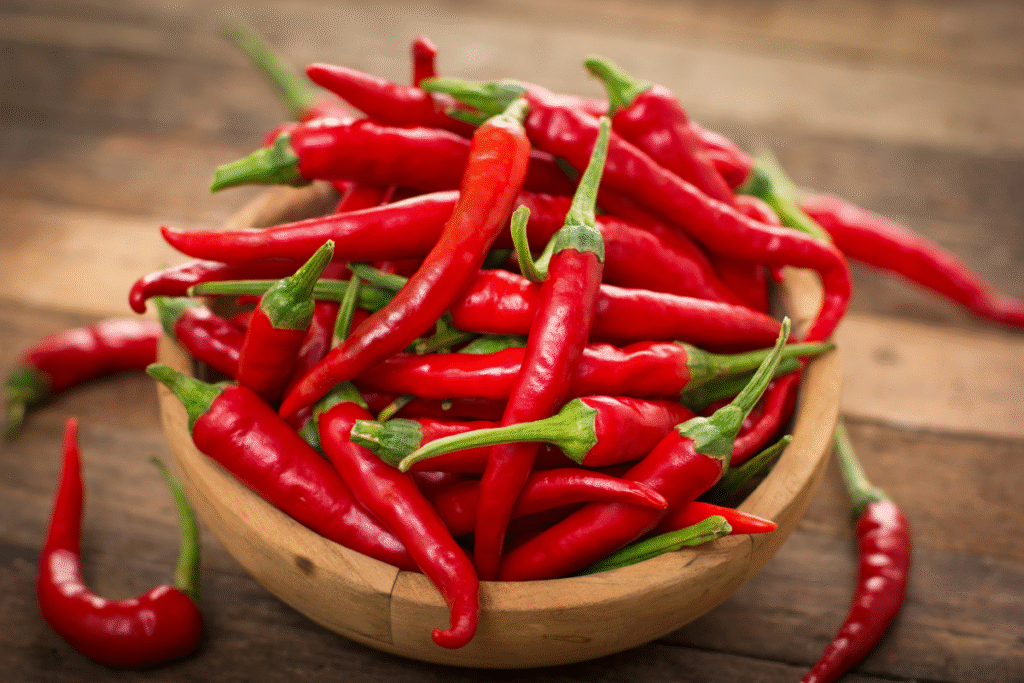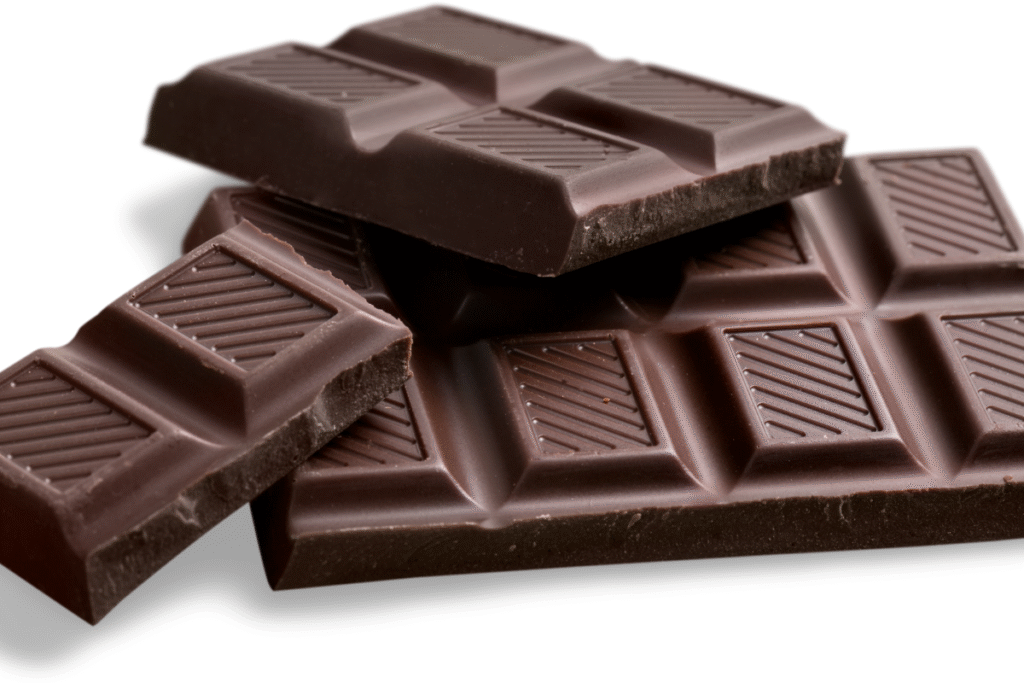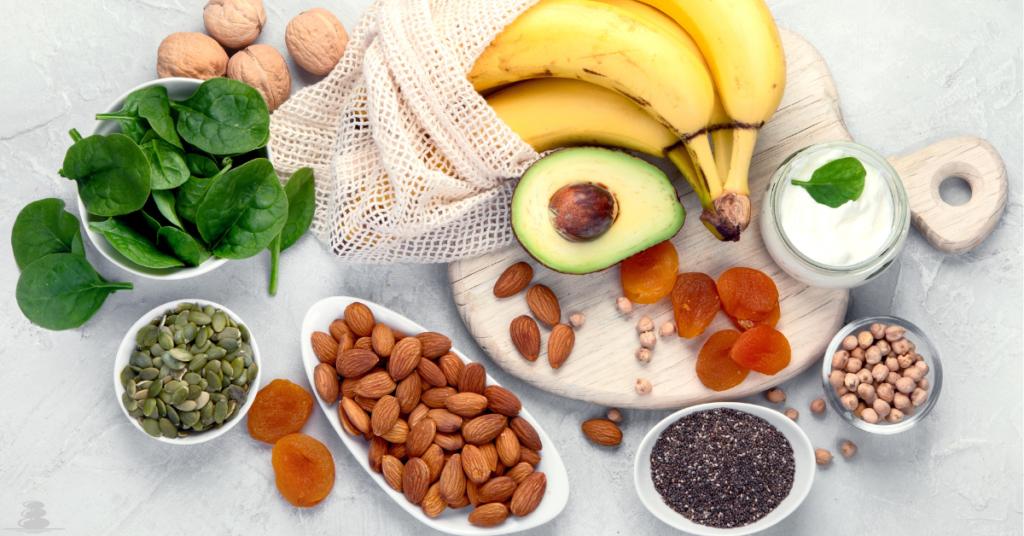We live in a world where information about nutrition and healthy eating is just a click away—but with so many trends, myths, and fads floating around, it’s easy to feel overwhelmed. Should you go low-carb or plant-based? Is fat the enemy or your best friend? And what’s the real deal with superfoods?
The truth is, nutrition is both a science and a journey of discovery. Just when you think you’ve got it all figured out, you stumble upon a new insight that makes you pause and say, “Wait, really?!”
In this article, we’re diving into 10 interesting nutrition facts that might surprise you—and maybe even change the way you think about your everyday meals. From the real reason frozen veggies can be healthier than fresh, to unexpected truths about chocolate, cravings, and chili peppers, get ready for some seriously eye-opening nutrition facts.
Whether you’re a health nut, a curious foodie, or just someone trying to make better choices for your body and family, these facts are for you. Ready to bust some myths and pick up a few fresh insights? Let’s dig in!
10 Nutrition Facts

1. Frozen Veggies Can Be More Nutritious Than Fresh Ones
Wait, what? Isn’t “fresh” always best?
Not always. Fresh produce often travels hundreds or even thousands of kilometers from the farm to your grocery store. By the time it arrives and sits on the shelf—or even in your fridge—it may have lost a good portion of its nutrients, especially vitamin C and B vitamins, which are sensitive to heat and light.
Frozen vegetables, on the other hand, are typically flash-frozen within hours of harvest. This rapid freezing process helps lock in most of their nutritional value, preserving everything from fiber to antioxidants.
Bonus: Frozen veggies last longer, reduce food waste, and save you money. So don’t skip the freezer aisle—it’s a smart, nutritious choice!
2. Your Body Has a Protein Absorption Limit
More protein = more muscle, right? Sort of—but there’s a catch.
Your body can absorb about 20–30 grams of protein at a time for muscle repair and growth. Eating more than that in one meal won’t necessarily go to your biceps. Instead, the excess might be used as energy or stored as fat—especially if your overall calorie intake is high.
If you’re trying to build muscle or maintain lean mass, it’s better to spread your protein across all meals and snacks throughout the day. Think Greek yogurt for breakfast, lean chicken or legumes at lunch, and a protein-packed dinner.
Pro tip: Add a small protein boost post-workout to maximize muscle recovery!
3. Carrots Were Originally Purple!

The carrots we toss into salads or munch on as snacks weren’t always orange. In fact, purple, yellow, red, and even white carrots were the original versions, grown as far back as 1,000 years ago in Persia (modern-day Iran and Afghanistan).
So why orange? In the 17th century, Dutch farmers selectively bred orange carrots in honor of William of Orange, the leader of the Dutch independence movement. The color stuck, and today orange carrots are the most common.
Fun fact: Those colorful heirloom carrots are still around and packed with different antioxidants, like anthocyanins (in purple) and lutein (in yellow). They’re not just pretty—they’re powerful!
4. Fat Doesn’t Make You Fat—But Sugar Might
Remember the low-fat craze of the ’90s? Turns out, we had it all wrong.
Healthy fats are essential for your body. They help regulate hormones, absorb fat-soluble vitamins (like A, D, E, and K), support brain function, and keep you feeling full and satisfied. Think avocados, nuts, seeds, olive oil, and fatty fish.
On the flip side, added sugars—found in processed snacks, soda, baked goods, and even so-called “healthy” yogurts—can wreak havoc on your metabolism. They lead to insulin spikes, energy crashes, and fat storage, especially around your belly.
Eat fat smart. Choose whole-food fats and cut back on sugary processed foods. Your body will thank you.
5. Avocados Are Berries, and Strawberries Aren’t!
This fact tends to blow people’s minds—and it’s one of those quirky nutrition truths that makes you realize how weird and wonderful nature really is.
Let’s break it down: What is a berry, anyway?
In botanical terms (yep, we’re going full plant science for a sec), a true berry is defined as a fruit that:
- Develops from a single ovary of a flower
- Has a soft, fleshy middle
- Contains one or more seeds embedded inside the flesh
- Has no hard pit (like a peach) and no outer rind (like a watermelon)
With that in mind, guess which fruits actually qualify as berries?
Avocados? – Yes!
Bananas? – Yup!
Grapes? – Absolutely!
Kiwis? – True berry squad.
These fruits all meet the botanical criteria, making them legit members of the berry family—even though we don’t usually think of them that way in the kitchen.
Now, here’s where it gets even weirder:
Strawberries, raspberries, and blackberries—the ones we traditionally call berries—are NOT berries in the scientific sense.
Why not?
Because they form from multiple ovaries of a single flower. This makes them aggregate fruits. Plus, strawberries have their seeds on the outside, which breaks another rule of the “true berry” club.
So… Why Do We Call Them Berries?
Blame it on language and tradition! In everyday life, we group fruits based on taste, appearance, and how we eat them—not botanical accuracy. So the term “berry” in the kitchen doesn’t match up with the one in science class.
6. You Can Be Skinny and Still Malnourished
Thin ≠ healthy.
It’s completely possible to be at a “normal” weight and still lack essential nutrients. Diets high in processed foods, low in fiber, and lacking in vitamins and minerals can lead to fatigue, brittle nails, poor immunity, mood swings, and more—even if the number on the scale looks fine.
Nourishment is about quality, not just quantity. A colorful plate filled with whole foods—veggies, lean proteins, complex carbs, and healthy fats—will do more for your health than any diet fad ever could.
Remember: being well-fed isn’t the same as being well-nourished.
7. Chili Peppers Can Boost Your Metabolism

Feeling spicy? Good news—your body might be burning extra calories, too!
Chili peppers contain capsaicin, a natural compound that gives them their fiery kick. Studies show capsaicin can slightly boost metabolism, increase fat oxidation, and even help reduce appetite in some people.
While it’s not a magic weight-loss pill, adding a little spice to your meals could support your health and digestion—plus, it makes food more exciting!
Spicy Bonus: Capsaicin is also linked to heart health, pain relief, and even better immune function.
8. Not All Calories Are Created Equal
“Calories in vs. calories out” isn’t the full picture.
While calories do matter for weight management, the quality of those calories has a massive impact on how your body responds. For example, 100 calories of soda spikes your blood sugar and leaves you hungry again in no time. But 100 calories of almonds? You’ll get healthy fats, fiber, protein, and sustained energy.
The key is choosing nutrient-dense foods—those packed with vitamins, minerals, and fiber. They nourish your body and keep your hunger hormones balanced, reducing cravings and supporting long-term health.
Focus less on calorie math, and more on food quality.
9. Cravings Might Be a Sign of Nutrient Deficiency
Ever find yourself suddenly craving chocolate, chips, or something salty—even when you’re not really hungry? You’re not alone! Food cravings are super common, but they’re not always just about willpower or emotional eating. Sometimes, they’re your body’s way of sending an SOS for specific nutrients it’s missing.
Let’s break it down:
Craving Chocolate?
You might be low in magnesium—a mineral that plays a big role in muscle function, nerve health, energy production, and even sleep quality.
Magnesium is found in:
- Dark chocolate (the healthier kind, with 70%+ cocoa)
- Leafy greens (spinach, kale)
- Nuts and seeds (almonds, pumpkin seeds)
- Avocados and bananas
If you’re constantly reaching for chocolate, try adding more magnesium-rich whole foods to your diet—you might be surprised at how the craving fades.
Craving Salty Foods?
You could be experiencing electrolyte imbalance or even low sodium levels, especially if you’ve been sweating a lot, working out intensely, or not drinking enough water.
Salt cravings might signal a need for:
- Sodium
- Potassium
- Magnesium
Hydrating with a homemade electrolyte drink (like water with a pinch of sea salt and a splash of citrus) or eating potassium-rich foods like sweet potatoes, bananas, or coconut water can help.
Craving Bread, Pasta, or Carbs?
This could be your body asking for a quick energy boost, especially if you’ve been skipping meals or under-eating. But sometimes, it’s also related to chromium or tryptophan deficiencies, which impact blood sugar balance and mood regulation.
Better choices to curb carb cravings:
- Whole grains (quinoa, oats, brown rice)
- Legumes (lentils, chickpeas)
- Protein-rich snacks that keep blood sugar steady
Craving Ice?
This one’s unusual, but actually common in people with iron deficiency, especially women. The medical term is pagophagia—a type of pica (craving for non-food items). If you constantly find yourself chewing on ice, it’s worth checking your iron levels with a doctor.
Iron-rich foods include:
- Red meat (in moderation)
- Lentils and beans
- Dark leafy greens
- Iron-fortified cereals
Craving Sugar or Sweets?
Besides being super tempting on their own, sugar cravings can sometimes signal a need for more calories overall, better sleep, or a quick serotonin boost. Your brain uses glucose for energy, but if you’re always craving sugar, it could also mean you’re not getting enough fiber, protein, or healthy fats to stay full and satisfied.
Try:
Getting regular sleep to reduce cortisol and sweet cravings
Swapping sweets for fruit + nut butter
Eating more balanced meals with good macros
10. Yes, Dark Chocolate Is Good for You (In Moderation!)

Here’s some delicious news to wrap things up: dark chocolate is loaded with health benefits.
High-quality dark chocolate (70% cocoa or more) contains flavanols, antioxidants that can help improve heart health, lower blood pressure, and enhance brain function. Plus, it’s rich in iron, magnesium, and mood-boosting compounds like serotonin precursors.
That said, it’s still calorie-dense—so treat it like a mindful indulgence, not a main course. A couple squares after dinner? Pure happiness.
Choose organic or low-sugar varieties when possible for maximum benefit.
Conclusion: Nutrition Is Full of Surprises
Nutrition isn’t just about calories and macros—it’s a fascinating world of unexpected facts, hidden truths, and science-backed surprises that can completely change the way you think about food.
From learning that avocados are berries to discovering that cravings might mean your body is missing key nutrients, these little insights prove that healthy eating is about so much more than just rules and restrictions. It’s about understanding your body, being curious about what you eat, and making small, informed choices that add up to a better, more energized life.
So next time you open your fridge or plan a meal, remember:
- Knowledge is power.
- Every bite is an opportunity.
- You don’t have to eat perfectly—you just have to eat consciously.
Whether you’re a nutrition newbie or a lifelong wellness lover, there’s always more to learn. Stay curious, stay balanced, and keep fueling your body with the goodness it deserves.
Images: Canva



